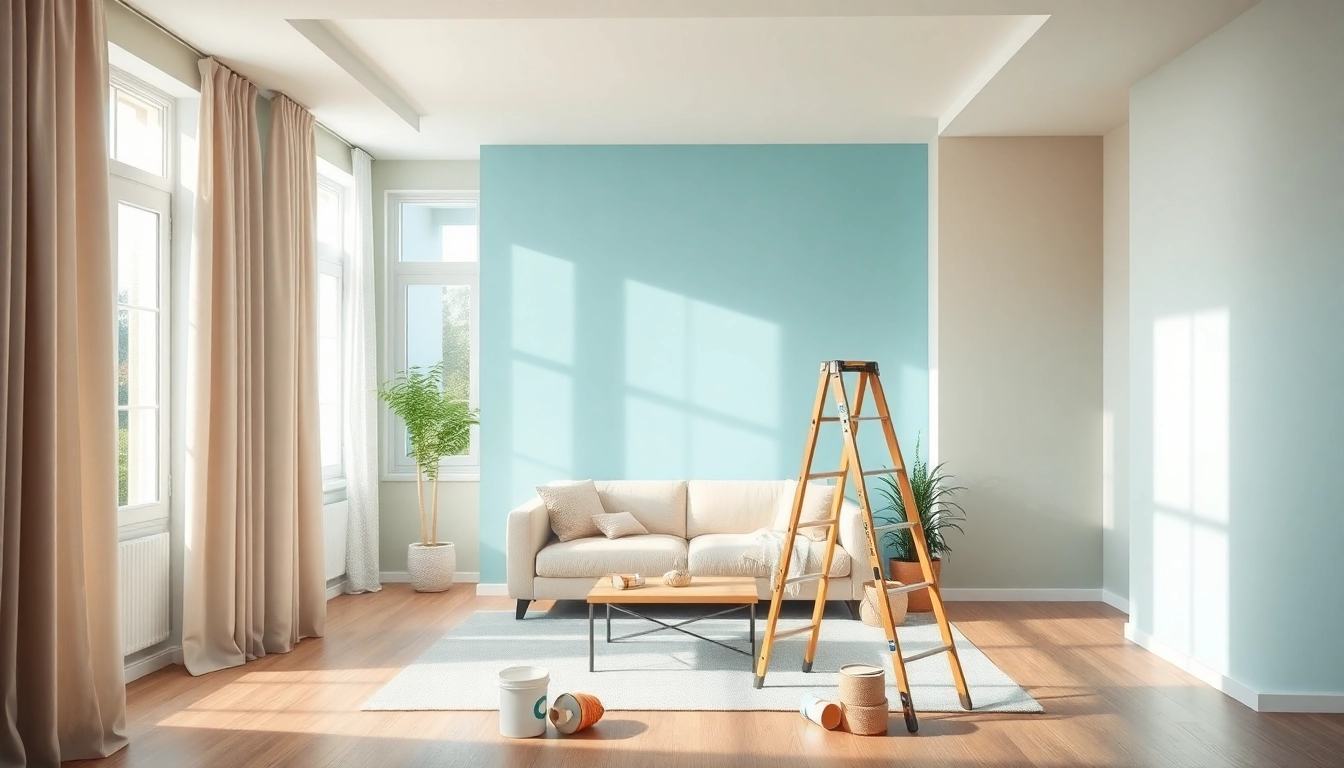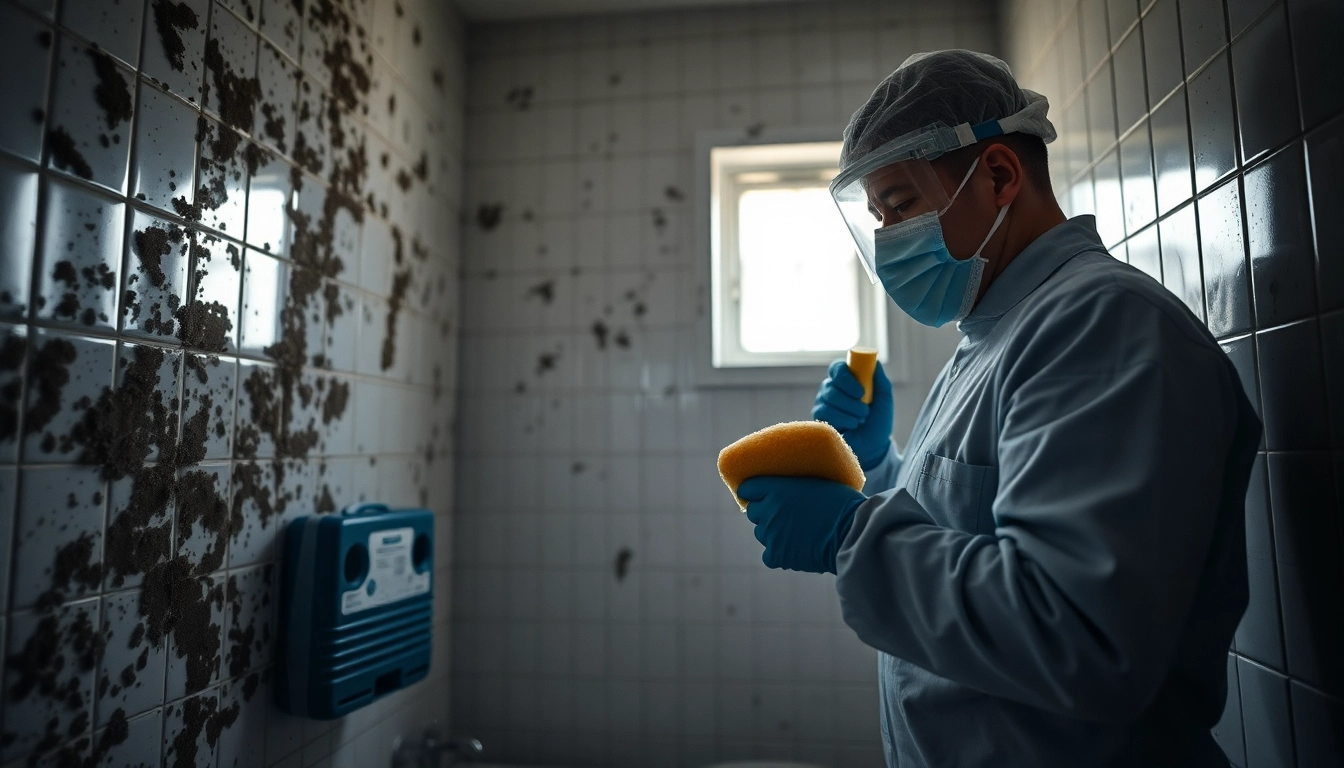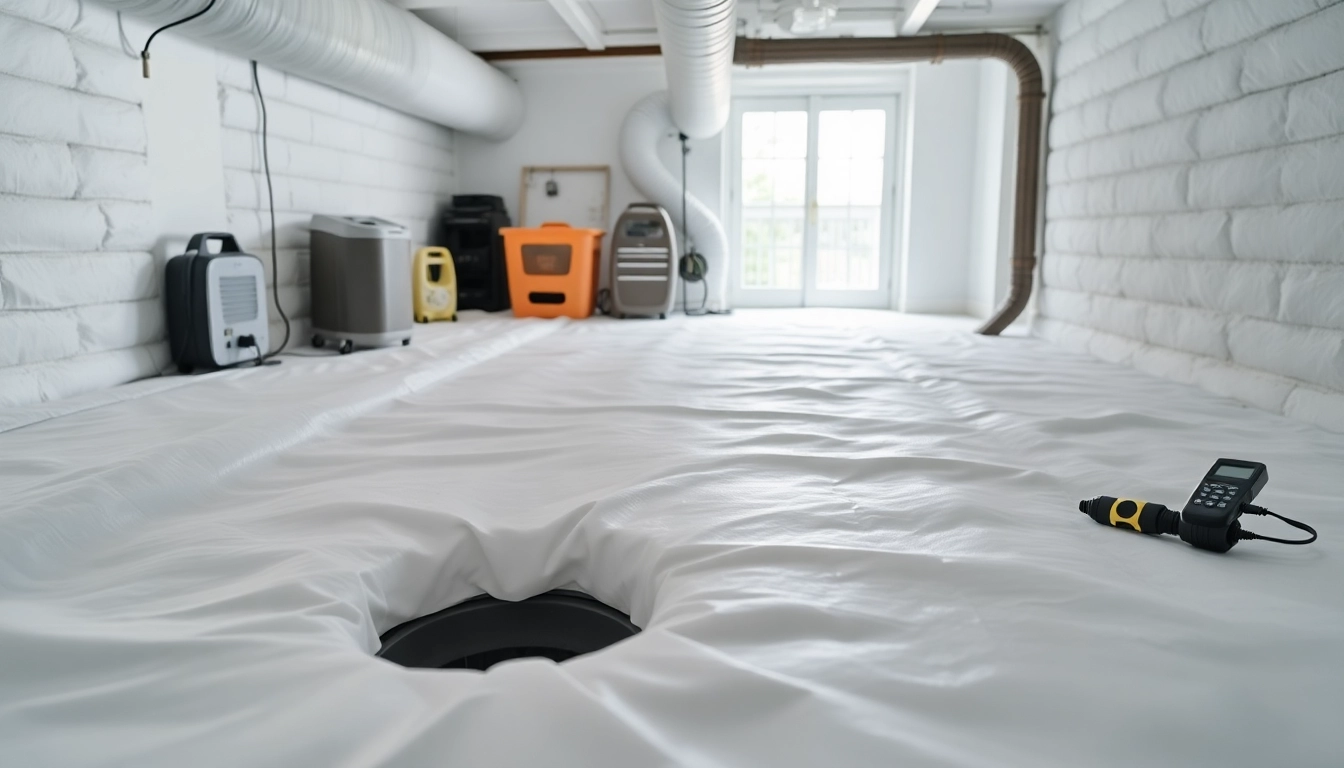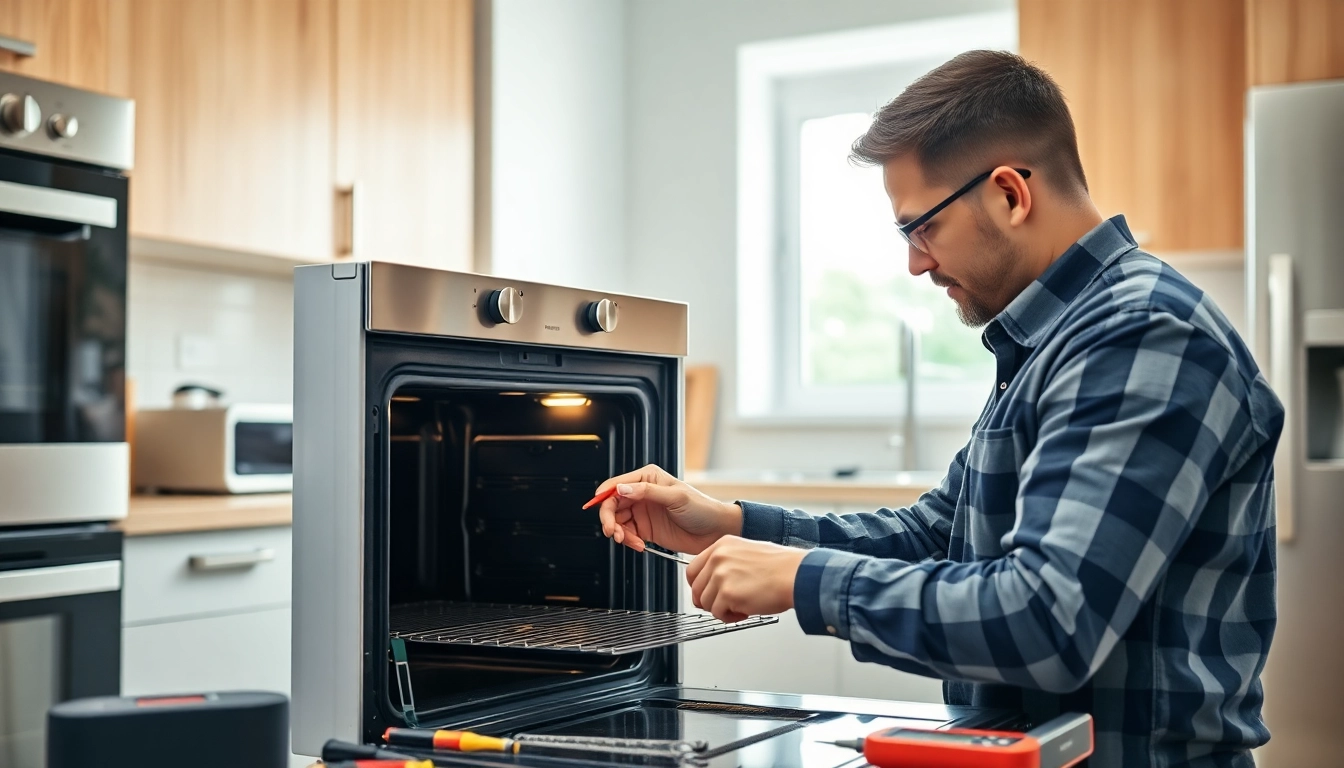Expert Tips for Exceptional Residential Painting Projects
Understanding Residential Painting Basics
What is Residential Painting?
Residential painting refers to the process of applying paint to the interior and exterior surfaces of residential homes. This activity encompasses a broad spectrum of tasks, including prepping walls, ceilings, and floors; selecting appropriate products; and applying paint using various techniques. It is an essential aspect of home improvement, significantly enhancing aesthetics and even property value. Homeowners often seek the assistance of professionals to achieve quality results, although many choose to tackle smaller projects themselves.
Common Techniques and Finishes
When it comes to residential painting, there are numerous techniques to choose from, each providing a different texture and finish. Some common methods include:
- Brush Painting: Traditional brush techniques allow for precise application, particularly in corners and on detailed surfaces.
- Roller Painting: Rollers are ideal for covering large areas quickly and evenly, making them a popular choice for walls and ceilings.
- Spray Painting: For a smooth and even coat, spray painting is often used, particularly for exterior projects. However, it requires careful masking and preparation.
- Stenciling: This decorative technique involves applying paint through a stencil to create elaborate patterns and designs.
Each of these methods can be combined to create unique finishes and styles, making personalization an essential part of any residential painting project.
Selecting the Right Colors and Textures
Choosing the right colors and textures is critical as they can drastically affect the ambiance and aesthetic appeal of a home. Factors influencing color selection include the purpose of the room, lighting, and existing furnishings. For instance, lighter colors can make a room feel larger and more open, while darker shades add coziness and warmth. It’s also important to consider the use of textures—matte finishes can offer a soft, elegant look, whereas gloss finishes reflect light effectively, making surfaces appear more dynamic.
Planning Your Residential Painting Project
How to Create a Painting Schedule
A well-structured schedule is vital for executing a residential painting project efficiently. Begin by determining the scope of the paintings, such as deciding whether to paint a single room or the entire house. From there, consider the time needed for each phase, including prep work, painting, and drying. Planning should also allow for flexibility to accommodate unforeseen hurdles such as weather changes, especially for exterior projects.
Choosing Quality Materials and Supplies
Quality materials directly influence the durability and finish of a painting project. This includes selecting quality paint, which comes in various types, including latex, oil-based, and specialty paints. Primers, brushes, rollers, and painter’s tape also play crucial roles in achieving a professional look. Investing in high-quality materials reduces the likelihood of frequent repainting, ultimately saving time and money.
Preparing Your Home for Painting
Preparation is key in residential painting projects, as it ensures the best results. Begin by removing furniture or covering it with drop cloths. Next, fill in holes or cracks in walls to create a smooth surface. Wash the walls if necessary to remove dirt or grease. Priming may be needed especially if you’re making a significant color change or painting over stains. A clean, well-prepped surface will result in better paint adhesion and overall appearance.
Hiring Professionals vs. DIY for Residential Painting
Benefits of Professional Assistance
While DIY painting can be rewarding, hiring professionals often yields superior results. Professional painters possess experience and expertise that translates into a quality finish with minimal imperfections. They also have access to better quality materials and tools, ensuring a longer-lasting result. Moreover, professionals can identify and address underlying issues such as mold or moisture that the average homeowner might overlook.
When to Consider DIY Approaches
DIY painting can be suitable for smaller projects or spaces that require minimal detail work. If you are handy and already have the necessary tools, taking on a simple room or refreshing some trim can be a fulfilling endeavor. Additionally, DIYing allows for greater personal expression and can be a cost-effective option if flexibility in time is available.
Budgeting for Your Residential Painting
Budgeting is an essential element in planning a residential painting project. Costs can vary depending on the size of the area, quality of materials, and whether you hire professionals or go the DIY route. It’s crucial to account for all expenses, including paint, tools, and any required repairs. Additionally, avoiding the temptation to cut corners on quality can save you money in the long run by reducing maintenance and repainting needs.
Common Challenges in Residential Painting
Dealing with Surface Imperfections
Surface imperfections such as bumps, cracks, or peeling paint can pose significant challenges in residential painting. Proper surface preparation, including sanding and filling voids with spackle or similar products, can alleviate most issues. For severe cases, consulting with professionals may be wise.
Managing Paint Odors and Volatile Organic Compounds
Paint can emit strong odors and volatile organic compounds (VOCs) that may affect indoor air quality. To minimize these effects, choose low-VOC or no-VOC paints, which are widely available. Ensure adequate ventilation by opening windows and utilizing fans to circulate air while painting.
Weather Considerations for Exterior Painting
When working on exterior painting projects, weather is a significant consideration. Optimal conditions typically involve low humidity and moderate temperatures. Avoid painting when rain is in the forecast, as moisture can interfere with adhesion and finish. Planning projects around seasonal changes can help align with favorable conditions.
Maintaining Your Newly Painted Space
Understanding Paint Durability
Different paints have varied durability features. For instance, high-gloss finishes are easier to clean and more resistant to moisture, making them ideal for kitchens and bathrooms. Understanding the properties of your chosen paint allows for better maintenance practices, prolonging the life of your paint job.
Regular Cleaning and Touch-Up Tips
To maintain the pristine look of freshly painted walls, regular cleaning is essential. Use a damp cloth to wipe away dust and stains. For tougher marks, gentle cleansers can be employed based on the paint’s finish. Additionally, keeping leftover paint for touch-ups can help address minor wear and tear efficiently without needing a full repaint.
Signs That Your Residential Painting Needs Refreshing
Over time, painted surfaces may show signs that a refresh is due. Look for signs such as fading colors, cracks, peeling, or flaking. If the paint appears dull and cannot be restored through cleaning, it may be time to consider repainting. Regularly inspecting the condition of paintwork can prevent more extensive damage, preserving both aesthetics and integrity.














Post Comment